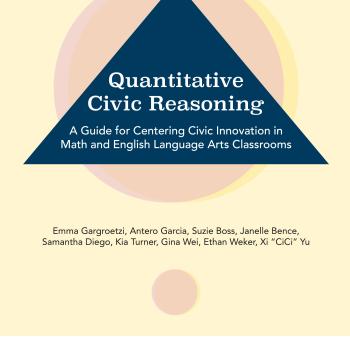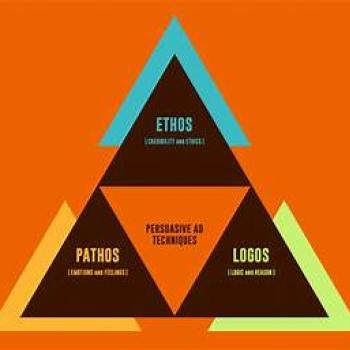Students explore using electronic messaging and Internet abbreviations for specific purposes and examine the importance of using a more formal style of writing based on their audience.








Students celebrate the power of words by reading aloud to their classmates and spreading the word of global literacy to their friends and family.
With a new movie version of The Hunger Games, Suzanne Collins' story of a dystopian world where children are forced to fight to the death on live television is set to reach an even broader audience. Tune in to hear about the seeds for The Hunger Games story, themes that distinguish the series as an important work of literature, and what the books have to offer teen readers.

This guide explores quantitative civic reasoning in English and math classrooms.

Students analyze rhetorical strategies in online editorials, building knowledge of strategies and awareness of local and national issues. This lesson teaches students connections between subject, writer, and audience and how rhetorical strategies are used in everyday writing.

Students will be introduced to persuasive techniques used in advertising, analyze advertising, and explore the concepts of demographics, marketing for a specific audience, and dynamic advertising.





